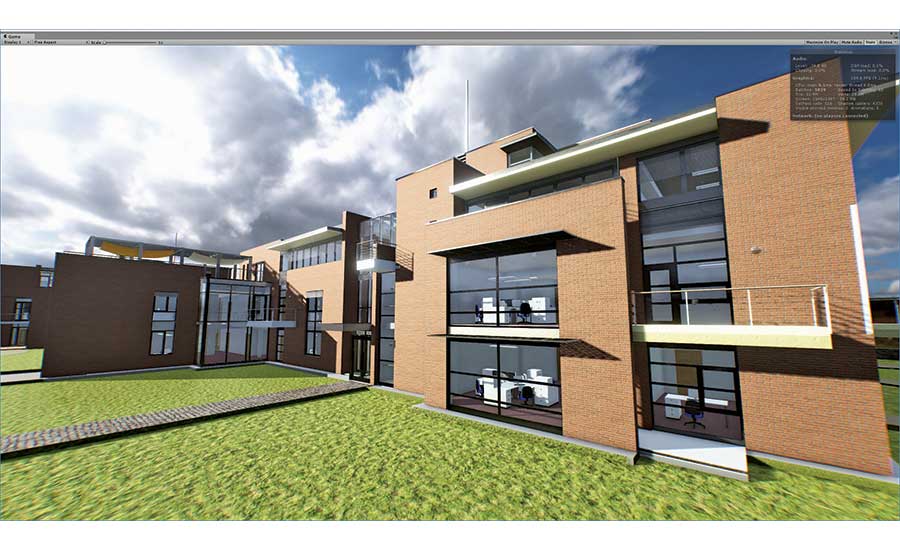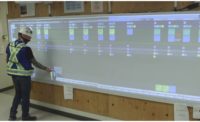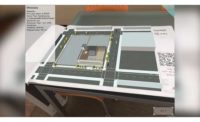While augmented reality has been touted as a tool to view 3D models and on-site construction together in context, the size of a 3D model limits its application, especially with headset viewers such as Microsoft HoloLens.
Umbra is a Helsinki-based 3D graphics-optimization company with roots in video-game design. In late October, it released a cloud-based 3D-model optimizer and sharing platform, called Composit, for architects, engineers and construction professionals, along with a companion viewer, called Pryzm.
“We started to look at all markets that are wrestling with the issues around complex, 3D models. Architecture, engineering and construction came to the top of that list,” says Shawn Adamek, Umbra’s chief marketing officer.
Beta-testers in the Los Angeles offices of McCarthy Building Cos. Inc. and Gensler now are applying on real projects the type of optimization that lets gamers move quickly through photo-realistic scenes.
“HoloLens has limited processing capability, and we cannot load an entire model onto it,” says McCarthy VDC specialist Jose Negrete. “You have to break [the model] into pieces. With Umbra, you can view the entire model in HoloLens. Because it’s automating this process of optimizing all of the geometry in a model, it switches between the amount of polygons you are viewing.”
“Having one-to-one scale and orienting a virtual model to physical space easily was key to making the use case viable,” adds Jordan Moffett, McCarthy’s VDC manager.
Umbra has patents for occlusion culling, baking in textures, lighting effects, geometry decimation and other processes that reduce the size of large data sets. Using HoloLens and Composit, those optimization technologies now are being applied to McCarthy’s University of California San Diego Biological and Physical Sciences Building project. A single click lets a user upload a Revit or ArchiCAD model to the cloud and have it automatically optimized. Pryzm, the viewer, can display the optimized model on an internet browser, Hololens, ARKit or WebGL.
Adamek said Umbra wants to expand that list for both design programs and outputs by January.
Composit licenses start at $239 per month. A number of Pryzm licenses are included, depending on project size.
Gensler also is testing Umbra. It is using it for verification and quality control on the Bank of California Stadium.






Post a comment to this article
Report Abusive Comment